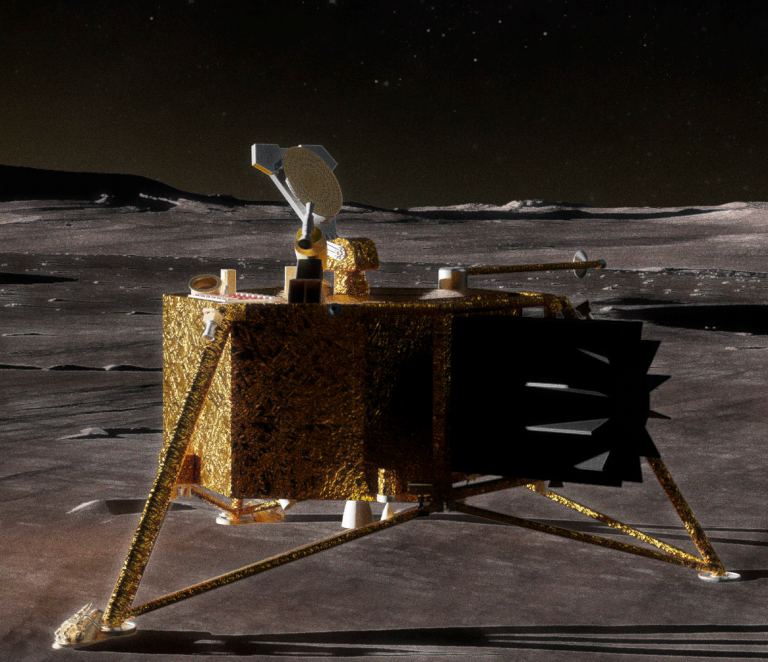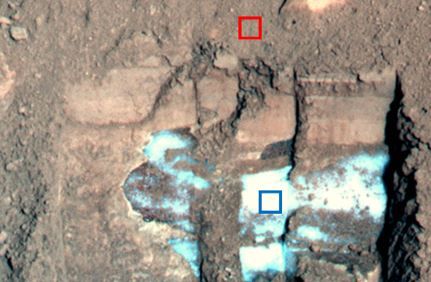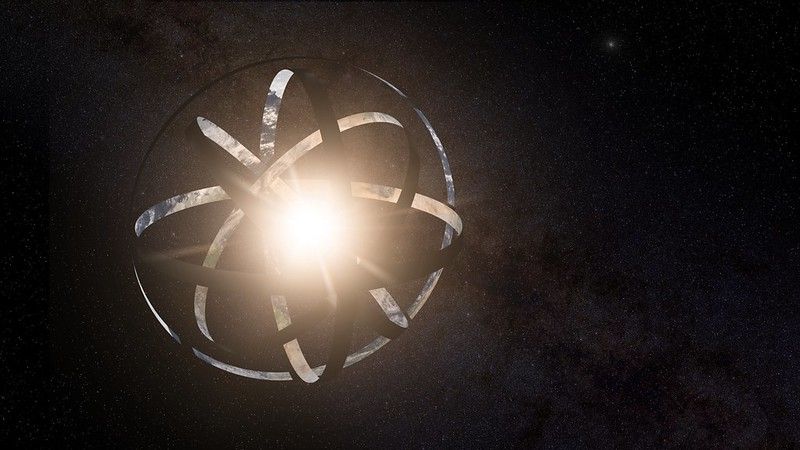So much in the astronomy community revolves around the decadal survey. Teams of dozens of scientists put hundreds of hours developing proposals that eventually try to impact the recommendations of the survey panel that influence billions of dollars in research funding over the following decade. And right now is the prime time to get those proposals in. One of the most ambitious is sponsored by a team led by researchers at John Hopkins University Applied Physics Laboratory (APL). Their suggestion – it’s time to land on Mercury.
Continue reading “It’s Time to Send a Lander to Mercury”COVID-19 Treatments Require so Much Oxygen it Could Delay Rocket Launches
Supply chains have been wreaking havoc across the industrial world. The complex web that holds the world’s economies together has been fraying at the edges, resulting in some unexpected shortages, such as a lack of rental cars in Alaska and a lack of Lunchables at the author’s local grocery store. Now there’s a supply shortage that directly ties to the pandemic that is starting to affect the space launch industry – oxygen.
Continue reading “COVID-19 Treatments Require so Much Oxygen it Could Delay Rocket Launches”Dusty Snow on Mars Could be Melting Just Below the Surface
Dust on Mars gets everywhere – including on top of ice deposited during one of Mars’ previous ice ages. Just how that dust affects the ice is still up for some debate. Adding to that debate, a recent paper by researchers at Arizona State University and the University of Washington has laid out a map between the dust content of a glacier and the brightness of its ice.
Continue reading “Dusty Snow on Mars Could be Melting Just Below the Surface”NASA Will be Sending two More Missions to Mars in 2024, Costing Just $80 Million
One of the biggest ongoing changes in space exploration is the introduction of commercial methods into the field. Commercial launch providers like RocketLab and SpaceX have fundamentally changed the way the industry does business. Now researchers are taking their “move fast and break things” approach to another part of the industry – actual mission design.
Continue reading “NASA Will be Sending two More Missions to Mars in 2024, Costing Just $80 Million”Advanced Civilizations Could be Using Dyson Spheres to Collect Energy From Black Holes. Here’s how we Could Detect Them
Black holes are more than just massive objects that swallow everything around them – they’re also one of the universe’s biggest and most stable energy sources. That would make them invaluable to the type of civilization that needs huge amounts of power, such as a Type II Kardashev civilization. But to harness all of that power, the civilization would have to encircle the entire black hole with something that could capture the power it is emitting.
Continue reading “Advanced Civilizations Could be Using Dyson Spheres to Collect Energy From Black Holes. Here’s how we Could Detect Them”The Best Evidence for Life on Mars Might be Found on its Moons
The search for Martian life has been ongoing for decades. Various landers and rovers have searched for biosignatures or other hints that life existed either currently or in the past on the Red Planet. But so far, results have been inconclusive. That might be about to change, though, with a slew of missions planned to collect even more samples for testing. Mars itself isn’t the only place they are looking, though. Some scientists think the best place to find evidence of life is one of Mars’ moons.
Continue reading “The Best Evidence for Life on Mars Might be Found on its Moons”Greenhouses Probably won’t Work on Mars Because of Cosmic Radiation. Even the Plants Will Have to Live Underground
Mars is a lifeless wasteland for more than one reason. Not only are the temperatures and lack of water difficult for life to deal with, the lack of a magnetic field means radiation constantly pummels the surface. If humans ever plan to spend prolonged periods of time on the red planet, they’ll need to support an additional type of life – crops. However, it appears that even greenhouses on the surface won’t do enough to protect their plants from the deadly radiation of the Martian surface, at least according to a new paper published by researchers at Wageningen University and the Delft University of Technology.
Continue reading “Greenhouses Probably won’t Work on Mars Because of Cosmic Radiation. Even the Plants Will Have to Live Underground”Ingenuity Sees Perseverance From Above
Where’s Waldo (or Where’s Wally) is a very popular book series for all ages. One way to make it potentially more interesting is to adapt it to interplanetary exploration by searching for a Martian rover in a picture taken from a Martian helicopter. Ingenuity took a picture on its eleventh flight that would be a worthy addition to any interplanetary search game – in this image, the goal is to find Perseverance.
Continue reading “Ingenuity Sees Perseverance From Above”Who was Giuseppe ‘Bepi’ Colombo and why Does he Have a Spacecraft Named After him?
Astronomers have an excellent habit of naming large projects after deserving contributors to their field. From Nancy Grace Roman to Edwin Hubble, some of the biggest missions are named after space exploration pioneers. When ESA and JAXA sat down to figure out a name for their new Mercury probe, they would have come across an important name early in their research – Giuseppe “Bepi” Colombo – the man who helped plan the Mariner 10 Mercury mission.
Continue reading “Who was Giuseppe ‘Bepi’ Colombo and why Does he Have a Spacecraft Named After him?”NASA Sends a 3D Printer for Lunar Regolith and More to the ISS
One of the reasons the ISS is still alive and kicking is that it offers a unique environment for testing that is available nowhere, either on the Earth or off of it. Plenty of science experiments want to take advantage of that uniqueness. This week, a fresh crop of experiments was delivered to the ISS aboard a Northrop Grumman Cygnus resupply craft. They range from 3D printers to a high school science experiment with mold, and now they each have the opportunity to make use of the ISS’s microgravity environment.
Continue reading “NASA Sends a 3D Printer for Lunar Regolith and More to the ISS”









